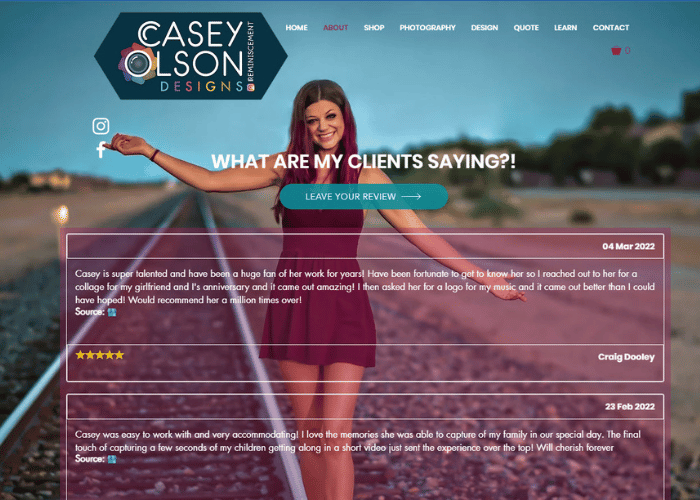Constructing a Good Website for Your Business Having a well-designed website is something every business owner should prioritize. The main reason is rather obvious – when people Google you, it is in your interest to create an image of a serious and professional business owner, and with a poorly designed website your reputation is at stake. … Continue reading 6 Tips on Building an Effective Website
Category: video testimonials
Do I Need a Website for My Business?
Every so often I am approached by a friend or acquaintance who is just starting a new business and they ask me the big question – Do I need a website for my business? What do you recommend? After many years of discussing this topic with all those friends and acquaintances, I would like to share… Continue reading Do I Need a Website for My Business?
7 Steps You Can Take Now To Get More Testimonials
Customer testimonials are the best way to build trust in your business, services and products. Displaying them on your website or Facebook page tells your online market that you have happy & satisfied customers who stand behind your business. Once you realize the importance of having testimonials on your website to support your business’s reputation, how… Continue reading 7 Steps You Can Take Now To Get More Testimonials
How to Construct a Good Website for Your Business in 2020
A Recipe for a Great Business Website Updated for 2023 Having a well-designed website is something every business owner needs. The main reason for a well designed website is to create an image of a serious and professional business owner. A poorly designed website places your reputation at stake. Bear in mind… Continue reading How to Construct a Good Website for Your Business in 2020
